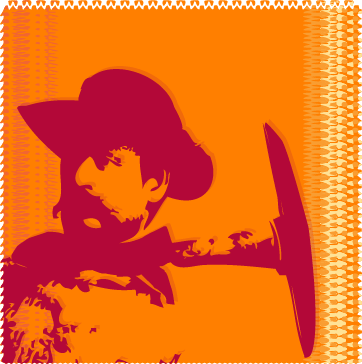From ancestral Ute land to mining to a cultural hub, Aspen and the upper Roaring Valley’s past is vast! Below you’ll find a sneak peak at local history. For a more complete look into the area’s storied past, visit one of our sites, join us for a tour, program, or community event, or search the extensive archives.
Let the discovery begin!

























































































